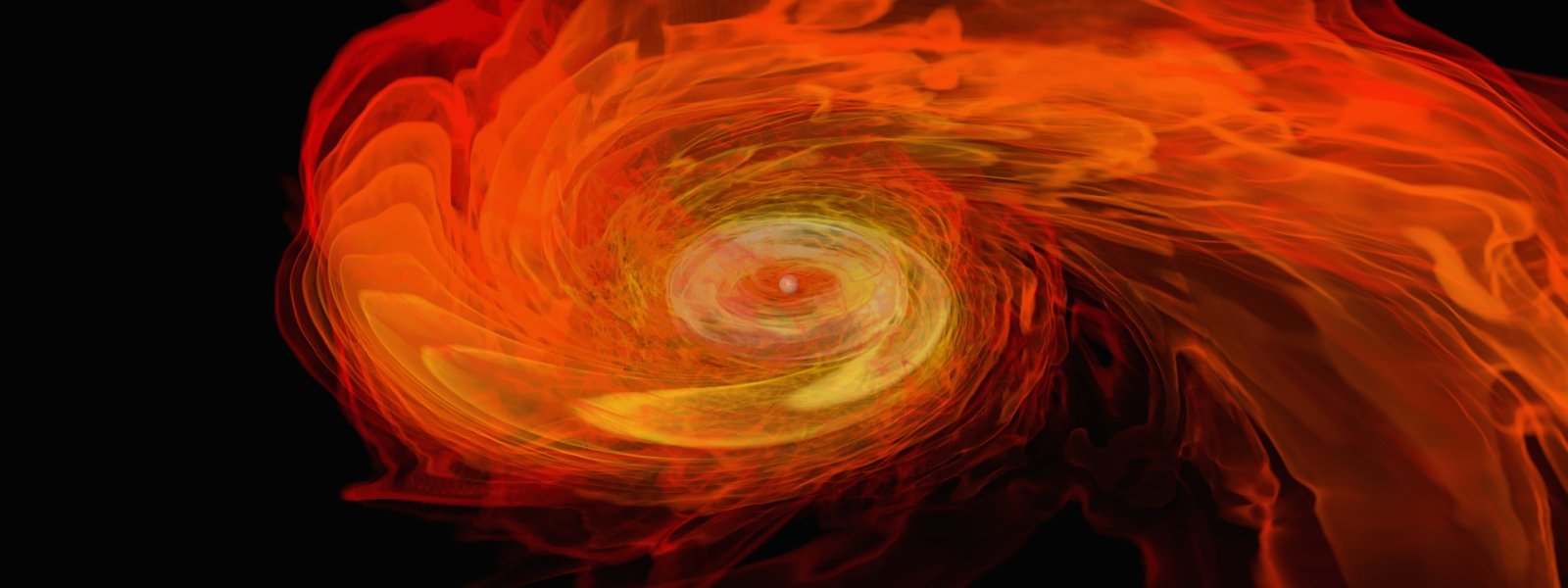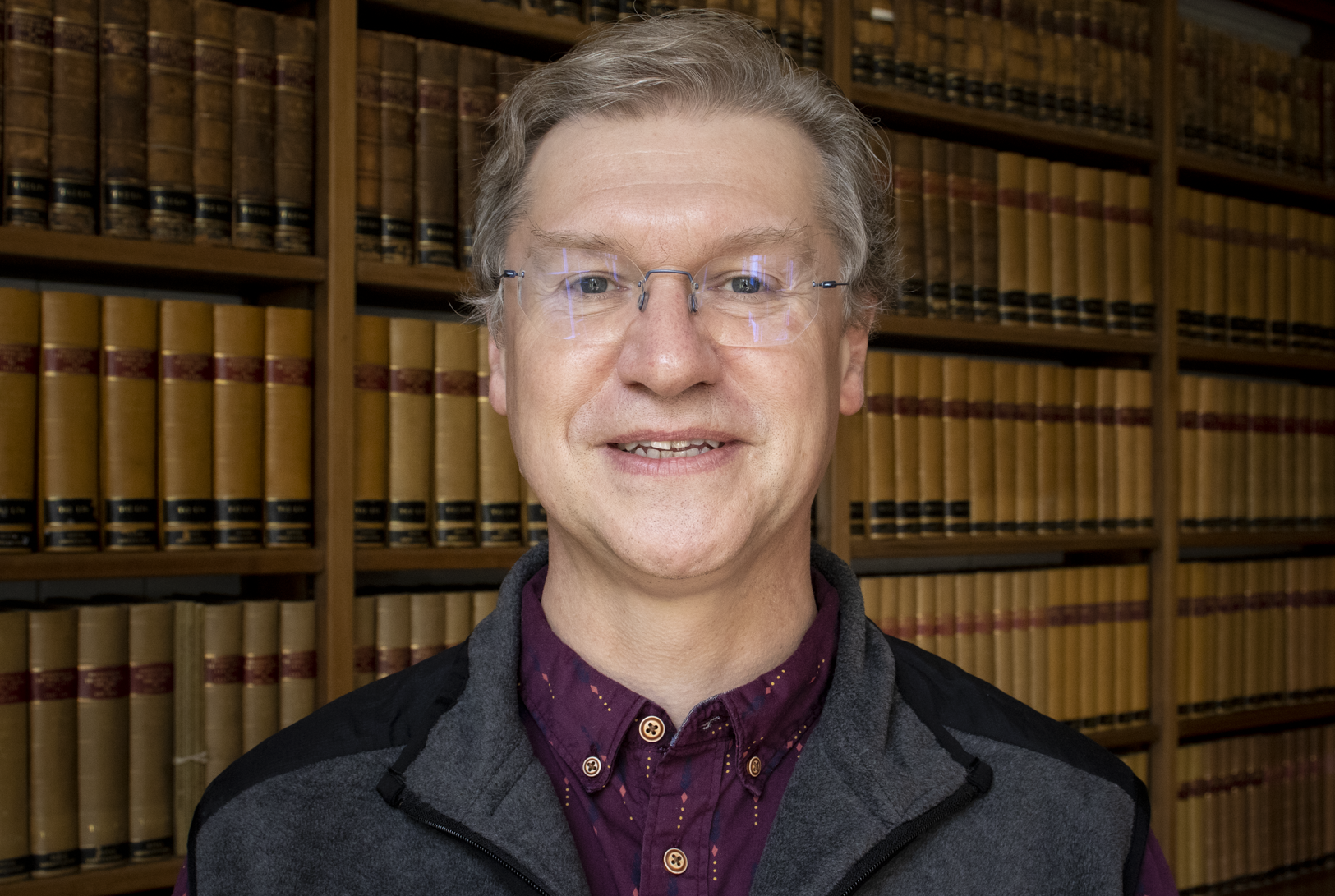Sidney Fellow Professor Chris Reynolds has been appointed as Principal Investigator for the AXIS project, leading one of five teams vying for an estimated $1bn in funding, to deliver NASA’s next-generation x-ray space telescope.
The Advanced X-ray Imaging Satellite (AXIS), aims to be “the premier high angular resolution X-ray mission of (the) 2030s.”
The successful project will succeed the Chandra x-ray observatory, which was launched from the Space Shuttle in July 1999.
Professor Chris Reynolds in the Observatory Library, Institute of Astronomy, Cambridge.
“X-ray astronomy is how we study the most energetic, and to some degree exotic, objects in the universe, like black holes and neutron stars. Our intention is to build the most sensitive x-ray observatory we can, to go deep, and to look as far as we can in a way that's very complementary to infrared telescopes like the James Webb Space Telescope.”
Professor Chris Reynolds
The need for a next-generation x-ray telescope was identified by the U.S. National Academies’ Decadal Survey on Astronomy and Astrophysics 2020.
In January 2023, NASA shared details of the Habitable Worlds Observatory, a space telescope that will operate 1.5 million kilometres from Earth, and search for habitable exoplanets and signs of life. The Habitable Worlds Observatory will succeed the James Webb Space Telescope, and will observe in infrared, optical and ultraviolet light. The project Professor Reynolds is leading aims to deliver the equivalent x-ray telescope.
“Those extremely distant galaxies that Webb is seeing, we'd be able to see the black holes in those galaxies. Or the exoplanets that Webb is finding, and then measuring the atmospheric chemistry of, we’d be able to get very sensitive data on those exoplanets.”
The National Academies’ decadal review set a number of high-profile questions that its experts felt astronomers should focus on.
“There are a couple of high-profile questions that we drill into quite deeply. One of them is the origin of supermassive black holes.
"We don't know how supermassive black holes and galaxies actually came to be, in the first billion years after the Big Bang. With AXIS, we would be able to look back to that point. We would have the sensitivity to see those first black holes growing, and to map or chart their development.”
Professor Chris Reynolds
The five competing projects take different approaches to the telescope, and need to demonstrate feasibility. The AXIS project is partnering with the NASA Goddard Space Flight Centre to develop the new mirror technology needed for this ambitious project.
Professor Reynolds is the Plumian Professor of Astronomy, based at the Institute of Astronomy in Cambridge, and a Fellow of Sidney Sussex College. This summer, he will move to the University of Maryland, where the AXIS project is based.
Banner image: "Neutron Stars Rip Each Other Apart to Form Black Hole". A supercomputer simulation showing a pair of neutron stars colliding, merging and forming a black hole. Credit: NASA's Goddard Space Flight Center. Image © NASA.
If you have something that would make a good news or feature item, please email news@sid.cam.ac.uk

